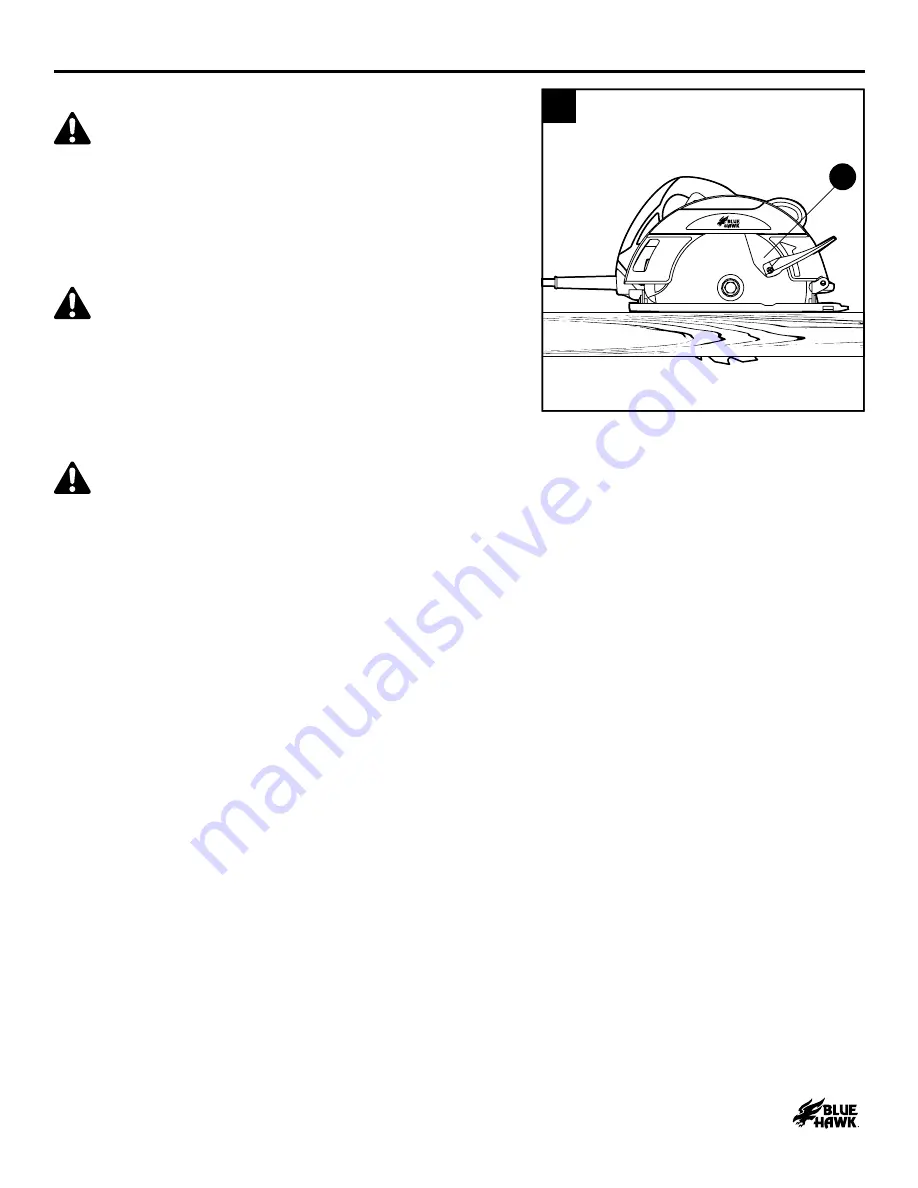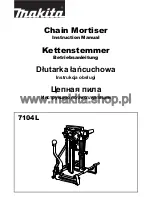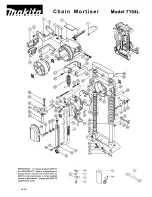
13
Lowes.com
OPERATInG InsTRUCTIOns
1. blade Guard system
dAnGER:
When sawing through a workpiece,
the lower blade guard does not cover the blade on the
underside of the workpiece. Since the blade is exposed
on the underside of the workpiece, ALWAYS keep hands
and fingers away from the cutting area. Serious injury will
result if any part of the body comes into contact with the
moving blade.
wARnInG:
The lower blade guard on the circular
saw is there for the operator’s protection and safety. Do
not alter it for any reason. If it becomes damaged or if the
blade begins to run slowly or sluggishly, DO NOT operate
the saw until the damaged part has been repaired
or replaced. ALWAYS leave the guard in its correct
operating position when using the saw.
wARnInG:
To avoid possible serious injury, never
use the saw when the guard is not operating correctly.
Check the guard for correct operation before each use.
The guard is operating correctly when it moves freely
and instantly returns to the closed position. If the saw is
dropped, check the lower blade guard and bumper for
damage at all depth settings before using it.
a. Ensure that the lower blade guard (E) is in the
up position when making a cut. If the lower blade
guard (E) does not snap closed at any time,
unplug the saw from the power supply.
b. Exercise the lower guard (E) by moving it rapidly
back and forth from the full open position to
the closed position several times. This will
usually restore the guard to its normal operating
condition. If this does not correct a slow or
sluggishly closing lower guard (E), do not use the
saw. Take it to an authorized service technician
for repair.
E
1






































